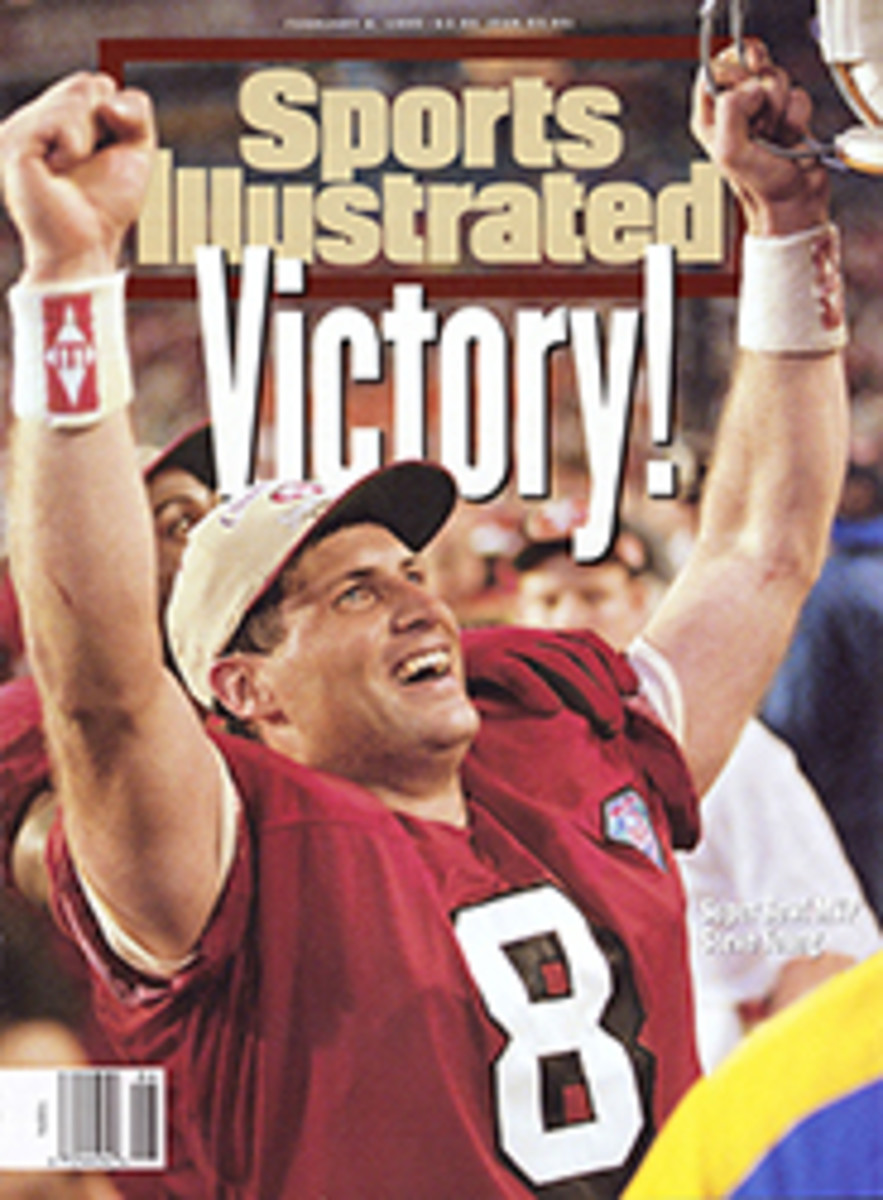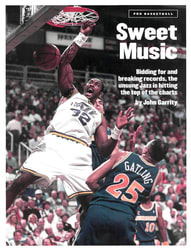
TO OUR READERS
For the NFL, this year's Super Bowl was, as always, a culmination, the end of the season, the big enchilada. The doings in Miami were not only important in and of themselves—witness our cover and 14 pages on Sunday's game—but they also afforded SI's photo staff an opportunity to preview how the magazine will likely cover events that occur close to our deadline. The Super Bowl command post was a 60-foot trailer parked in a vacant lot behind Joe Robbie Stadium. Director of photography Heinz Kluetmeier likened the scene inside to the running of the bulls at Pamplona.
Traditionally, our film was processed in the lab at our headquarters in the Time & Life Building in New York City or at a lab near the site of the event. In either case the film wasn't usually available for editing until well after the game ended. This arrangement necessitated holding the magazine open for hours after the conclusion of those events—most notably the NCAA basketball championship game and important NFL games—that occurred on Monday nights, which is when we ordinarily go to press. The solution: the on-site facilities we set up last year at the Super Bowl in Atlanta and at the Final Four in Charlotte. Those experiments worked so well that we refined the operation for Super Bowl XXIX.
The planning began in September, when deputy picture editor Steve Fine visited Joe Robbie Stadium to scout locations for our 13 photographers. There were three stationed in the end zones, three in the stands behind the end zones, one near the 30-yard line and six more in various spots around the field. Once in place on Sunday, the photographers shot 468 rolls of film, which found their way to the trailer, where photo editors and technicians coexisted more or less peacefully with two 25-inch TV sets and 29 pieces of photoprocessing and transmission equipment.
Two or three times each quarter, exposed film was collected, labeled and packed by assistants, who handed the rolls to messengers like so many batons in a relay race,. The messengers passed the film to counterparts outside the stadium, who took them to the trailer. Under the direction of deputy picture editor Phil Jache, the film was spliced and placed in one of four Noritsu film processors, which spat out a roll of developed pictures in 11 minutes. Photo editors winnowed the 14,000 pictures down to the 106 best shots, each of which was put through one of two Kodak scanners and transmitted to New York at a rate of five a minute via a computerized display system.
The accelerated pace gave SI's editors in New York a luxury unthinkable until recently: They began editing photos for layouts by game's end on Sunday evening. The ability to see pictures of an event even as that event unfolds will be particularly valuable during the Final Four title game in Seattle on Monday, April 3. Says Kluetmeier: "We will be under tremendous pressure because we will be holding the presses until we get the pictures into the magazine. Our cutting-edge technology and on-site processing and editing will help us deliver the images to our readers on time, without sacrificing the quality they expect."
PHOTO
ROBERT HARRISON
Jache (with laptop), Fine (in vest) and their on-site crew ran a superfast operation.

